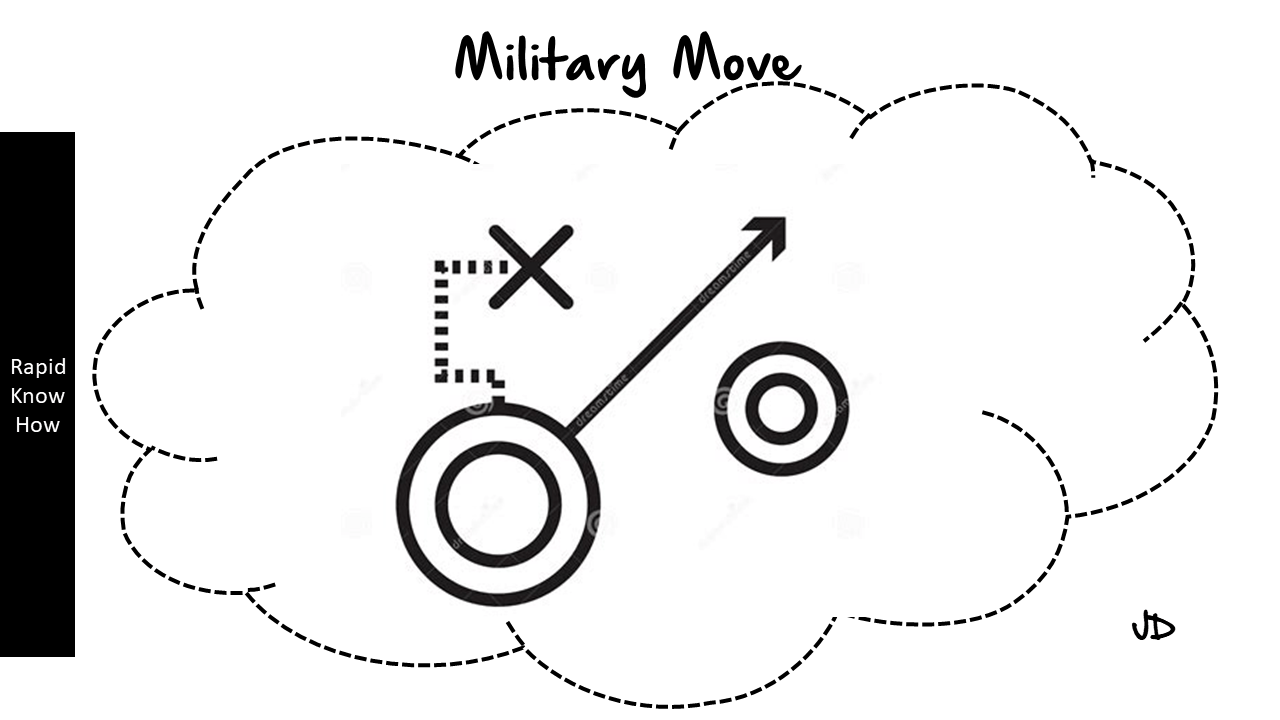The US/NATO military system is a complex and multifaceted entity, designed to ensure the security and defence of member nations. It is a system that has evolved over time, adapting to changes in the geopolitical landscape, technological advancements, and shifts in strategic thinking.
Objective Military System
The objective of the US/NATO military system is to provide collective defence for its member nations. This means that an attack on one member is considered an attack on all. The system is designed to deter potential adversaries, defend against any attacks, and contribute to global security.
The US/NATO military system operates on the principle of collective defence, as outlined in Article 5 of the North Atlantic Treaty. This principle is underpinned by a robust military structure that includes a combination of land, air, sea and cyber forces. The system also includes a sophisticated command structure that allows for effective decision-making and coordination among member nations.
Military Battles
The US/NATO military system has been involved in numerous battles and conflicts since its inception in 1949. These range from the Cold War stand-off with the Soviet Union to more recent engagements in Afghanistan and Libya.
One of the key aspects of the US/NATO approach to military battles is the emphasis on multinational cooperation. This means that operations are often conducted by forces from multiple member nations, working together towards a common objective.
For example, during the conflict in Afghanistan, forces from numerous NATO countries were deployed as part of the International Security Assistance Force (ISAF). This multinational force worked together to combat Taliban insurgents and help establish a stable Afghan government.
Success Rate
Evaluating the success rate of the US/NATO military system can be complex, as it depends on how ‘success’ is defined. If success is measured by the ability to deter aggression against member nations, then the system has been largely successful. Since NATO’s inception, no member nation has been subjected to a major attack.
However, if success is measured by the ability to achieve specific objectives in military conflicts, the picture is more mixed. For example, while NATO’s intervention in the Balkans in the 1990s was successful in ending large-scale conflict in the region, its mission in Afghanistan has been criticised for failing to establish long-term stability.
In conclusion, the US/NATO military system is a complex entity with a primary objective of collective defence. Its approach to military battles emphasises multinational cooperation and it has a mixed success rate when it comes to achieving specific objectives in military conflicts. Despite this, it remains a key pillar of global security and continues to adapt to new challenges and threats.
